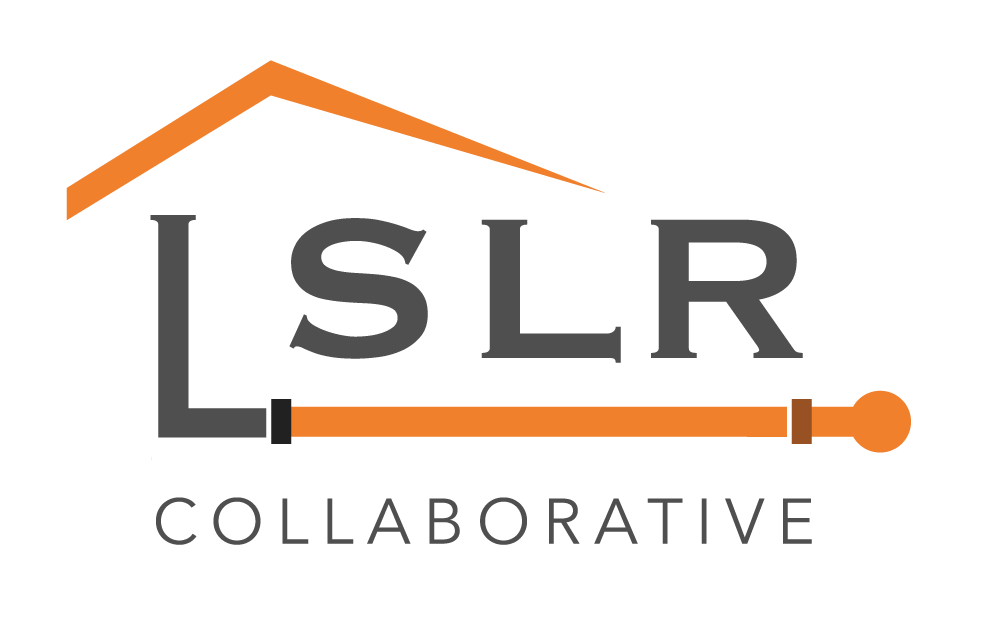|
Wooster Daily Record Read the original article RITTMAN — Rittman Utilities will start replacing waterlines on Third Street in the next 45 days that may be made of lead. The waterline replacement project will affect residences on South Third Street between North Park Street and Ohio Avenue and on North Third Street between Ohio Avenue and Clover Street. City records indicate that the part of the water service line that connects the water main to the plumbing system on the resident’s property may be made of lead. “A lead service line can present the largest single source of lead in a property’s plumbing system and replacement of the line is the only way to ensure that the line does not present a danger to people consuming water,” Rittman Utilities Director Ken Mann wrote in a letter to Third Street residents dated Aug. 20. The city has contracted with Rising Son Company Inc. to replace the existing water main on the street (at a cost to the city) and a new section of the water service line between the water main and the resident’s property (at a cost to the property owner), which is where the possible lead section is located.
If the customer-owned portion of the service is made of lead, the city is recommending that this portion also be replaced at the same time to reduce the risk of lead exposure for water consumers on the property. To help, the city will communicate with the contractor for a quote to replace that section of the line. Property owners also can hire their own contractor to perform the work. If the property owner chooses not to replace its section of line that is made of lead, the city needs to obtain a water sample within 72 hours after the publicly-owned portion of the service line is replaced. The city will contact customers at the time of replacement for instruction on how to collect a sample. The city will offer property owners a filter to use for drinking and cooking for at least three months or until the city can prove by testing that no lead is showing up in the water. Rittman has never found a lead service line leading into a residence in the 28 years that Mann has worked for the city. Another problem homeowners may find is galvanized pipes running between the shut-off and the residence. A galvanized pipe is likely in poor condition. The contractor will make at least one attempt to connect to a galvanized service line but if the contractor can’t make the connection without the existing line leaving, the property owner will have to repair or replace the line. Mann is available to help homeowners determine if the line is galvanized or a copper pipe. To check, scraping paint or corrosion off the pipe and finding a copper color is good, but a gray or silver color could indicate its galvanized. The project should not disturb the service lines until they are ready to be replaced. If the contractor does damage a lead service line, it will have to make a partial lead service line replacement, offer the property owner a filter and test the home’s water. Mann gave a list of facts to curb concerns about lead in the water such as it must leach (dissolve) in the water to reach the consumer. It needs to be warm for it to happen rapidly (less than three hours with no movement), needs to be soft and it needs to be acidic, none of which are true for Rittman water. The city also adds phosphate to the water which coats the lead pipe and prevents leaching. Disturbing the lead service lines by cutting, breaking, smashing or other damaging act can expose uncoated lead in the service lines which is one reason the Ohio Environmental Protection Agency put out new rules for replacement. “The simplest solution to prevent lead poisoning from water is to run the water till it changes to cool/cold before drinking it or cooking with it,” Mann wrote. “You’re 80% more likely to get lead poisoning by playing in the dirt, especially around old homes.” Comments are closed.
|
Have a suggestion for an article or blog to add?
Let us know! Type
All
Date
April 2023
|


 RSS Feed
RSS Feed